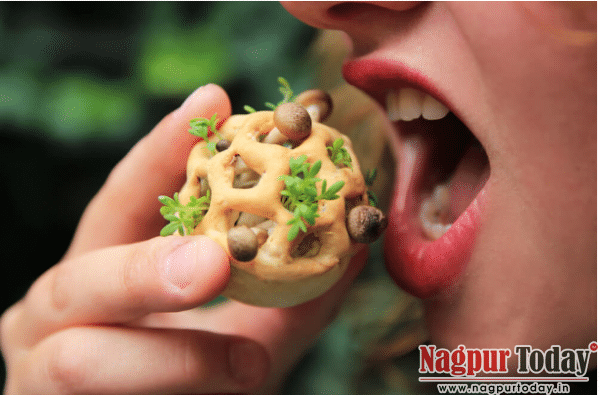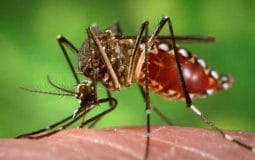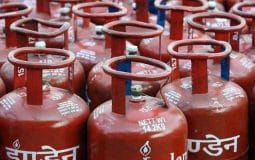
The size of the test is epic. With just 30 periods of planting and gathering left before the populace could hit that 10 billion figure, obviously agribusiness as far as we might be concerned needs to change, in case we are to have any expectation of taking care of the planet.
This truly necessary change – of farming as well as our entire food inventory network – is as of now under way. Here are five arrangements that we brought down by a recent article from Betway Casino that can assist you with preparing to take care of the 10 billion.
Making robot ranchers
Before you shout at your screen about robots taking our positions, listen to me. Numerous ranchers say that time in the field, sitting in a farm truck for quite a long time, isn’t simply dreary and exhausting, however it denies them of time they could be spending on other key positions they need to do to deal with their business.
The Small Robot Company has made three, um, little robots: Tom, Dick and Harry. Tom takes geotagged pictures of plants in the field, which are sent back for examination. That prompts Dick branching out to shower – with exactness – singular yields, killing the requirement for cover splashing fields, and keeping away from superfluous dirtying run-off and saving assets. Harry is the planting robot, complete with a mechanical drill. Together, they complete the dreary undertakings customarily done by a human – with more noteworthy precision and less waste.
Saving valuable soil
One explanation of how versatile robots could be uplifting news for cultivating is that they can supplant a great deal of the work done by enormous ordinary farm trucks. Standard work vehicles are weighty. At the point when they rolled across the field they minimized the dirt. That squashes the holes inside, lessening the size of the pores that hold air and water. This compaction altogether influences the dirt’s capacity to clutch water thus a yield’s capacity to take that up, alongside the supplements.
Utilizing more modest, lighter robots to do the positions as of now performed by farm vehicles could gigantically assist with diminishing these issues. Presently, a little robot can’t pull huge, large equipment like a turner or cultivator. Be that as it may, they’re not looking to just recurrent customary cultivating strategies.
Allowing waste a subsequent opportunity
Perhaps the most stunning reality I learned is the sheer measure of good, consumable food that gets squandered. As indicated by the United Nations, “An expected third of all food created winds up decaying in the canisters of customers and retailers, or ruining because of helpless transportation and reaping rehearses.”
There are endless splendid thoughts and drives expecting to help, yet one methodology that I thought was splendid was utilizing applications like “Too Good To Even Think About going”. This application empowers retailers to move food bound for the receptacle – however that is still completely consumable – to clients at a diminished expense.
Easing back the maturing interaction
We can’t yet travel back in time however, basically in organic products, we can slow the dial.
The bananas I eat at home in the UK might have gone from Ecuador, the Dominican Republic, Costa Rica or a field significantly further abroad. To get to me they will have been picked green, maybe went through 40 days on a boat, and afterward at last wound up in the general store where, to be picked from the rack, they must be an ideal yellow, with no dark spots or earthy colored patches. That takes mind blowing, cautious administration to accomplish.
We can’t yet travel back in time. Be that as it may, basically in natural products, we can slow the dial. On the off chance that a banana ages too soon simultaneously, it discharges ethylene gas, which triggers aging in different bananas. It just takes one rebel ready banana to bring down 15% of a shipment. That is an immense heap of squandered bananas.
What a few researchers in Norwich, UK, are doing is altering the genome of the bananas – changing explicit letters in their DNA – with the goal that they produce undeniably less ethylene. This could prompt less wastage in transit and expand the banana’s timeframe of realistic usability in the store. In certain pieces of the world, this could convert into genuine stock chains. In any case, in different spots, like the EU, quality altered yields are firmly directed with an extended endorsement measure.
Settling on more intelligent decisions
Investing energy with ranchers, makers, retailers and customers, I immediately perceived how our present methods of developing, preparing and selling food simply aren’t adaptable or economical.
The only way we can take care of 10 billion individuals by 2050 is if the cultivating and food enterprises become substantially more manageable. Also, that expects changes to the entire model of developing, preparing, moving, putting away and selling. It implies a great deal of organizations and governments need to make a move. Yet, so too do we as a whole.
Regardless of whether that is going to the market and picking the most “revolting” veg for supper, empowering grocery stores to change their naming to show us the carbon or water impression of our food (so you can pick an avocado that is utilized less of our quickly draining new water supply to develop), or utilizing new tech to keep away from squander, there’s such a lot of we can be doing to esteem our food and worth its makers.















